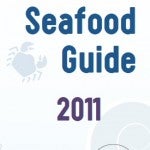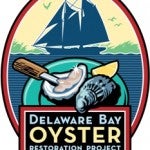Eating what we don’t want — invasive species — & what we do — oysters
ListenEating with the environment in mind has fueled foodie trends like eating organically, eating locally and sustainable diet trends of all kinds. On today’s Radio Times, we explore the growing fad for eating invasive species, those weeds and unwanted animals that are outcompeting native species. The nonprofit Food and Water Watch has led the charge to deploy a powerful, underutilized weapon in the fight against invasive species – our stomachs – releasing an annual Smart Seafood Guide for consumers on eating sustainable seafood that this year, for the first time, incorporated invasive species. Food and Water Watch Executive Director WENONAH HAUTER joins us to discuss this effort. Then, we’ll look at the local invasive plants that are threatening native habitat in the Delaware Valley, and which ones we can eat, with MELISSA ALMENDINGER, executive director of the New Jersey Invasive Species Strike Team. Finally, we’ll switch gears to look at the flip side of eating species that are a menace: eating species that scientists want more of. The Delaware Bay Oyster Restoration Task Force is a coalition of organizations working to revitalize the fledgling oyster population of Delaware Bay. Oysters filter and clean water, and provide vital habitat for other species. Joining us to discuss why eating oysters from the Delaware helps the environment is Dr. DANIELLE KREEGER, science director for the Partnership for the Delaware Estuary and a scientist who works with Drexel University and the Academy of Natural Sciences.
Listen:
[audio: 111111_110630.mp3]
WHYY is your source for fact-based, in-depth journalism and information. As a nonprofit organization, we rely on financial support from readers like you. Please give today.








